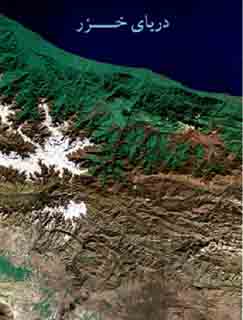Document Type : Research Paper
Author
Member of Faculty, University of Isfahan
Abstract
In geographic studies, soil is not the focus of attention only as a natural resource, but more of a crucial asset which is exposed to a fatal threat called erosion, and thus needs to be examined, protected and maintained. From the point of view of geomorphology, the concept of erosion is on the one hand connected with the processes affecting the face of the earth and, and on the other, with factors that act against soil conservation. It is clear that the level and type of erosion of soil varies from place to place, and awareness of these quantities can be greatly useful in planning.
The concept of erosion is a very broad and deep topic in geomorphology that can be considered from different perspectives.
The geographic concept of erosion is not the same as its concept as considered in geology, physics or soil science. The term erosion is derived from the verb “to erode”, and is referred to as the set of processes in which the external surface of the earth's crust loses its stability and is displaced. This concept involves the processes of degradation, dissolution, carriage and sedimentation.
According to studies conducted in Iran, an average of 1,500 tons of soil is washed out by water erosion per year. This means that every year, one millimeter of soil thickness in the country is lost (Karami, 1993, thesis)
Considering the position and characteristics of Najaf Abad Plain watershed system, it seems that the energy generated by collision of rain drops to the surface of the earth and the resulting runoff is the most important erosive force in the watershed system, which, in interaction with erodible factors, determines the rate of soil erosion. Therefore, in this paper, in order to assess the erosion dangers and estimate its quantity and level, the application of the SLEMSA model has been emphasized, because in this model, utilization of curvature correlations and consideration of the interactions of the factors involved in erosion are given the priority.

